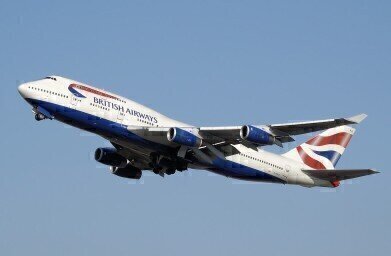Air Clean Up
Which Airlines Are Cleaning Up Their Acts?
Jul 27 2017
Heathrow Airport has announced plans to publish a league table every three months, ranking the 50 busiest airlines on their environmental procedures. With the first Fly Quiet and Clean table released in June, Heathrow officials are hoping to reduce noise pollution and encourage more conscientious practices amongst those airlines which arrive at its busy runways.
The seven metrics
In order to effectively rank the airlines in question, Heathrow have devised a set of seven metrics designed to cover every aspect of their operations. These are comprised of:
- Noise quota/seat – this refers to the noise efficiency of the aircraft, set against its total passenger capacity (thereby allowing leeway for larger, noisier aeroplanes)
- Chapter number (noise certification) – this refers to the noise certificate which is attributed to each aircraft, adjusted to correspond with the time of arrival or departure
- NOx emissions/seat – this refers to the amount of nitrous oxide (NOx) emissions given off by each aircraft, set against its total passenger capacity
- CAEP standard (engine emissions certification) – this recognises more modern, cleaner aircraft which comply with up-to-date standards
- Continuous Descent Approach (CDA) violations – aircraft which maintain a steady angle of approach make less noise than those which are continually adjusting their trajectory
- Track keeping (TK) violations – aircraft are guided within 3km-wide pathways in the sky, to reduce noise pollution as much as possible
- Early or late movements – this refers to the times when nearby communities are most sensitive to noise pollution (i.e. between 23.30 and 04.30)
The winners and losers
After combining all of the airlines’ scores in each of the seven metrics (using a complex weighting algorithm to give precedence to criteria prioritised above others), they are then assembled into a league table.
In the first edition, British Airways short haul were top of the pile, having come first in two of the seven metrics. Aer Lingus claimed the silver medal spot (despite not being top for any of the metrics), while Etihad Airways rounded out the top three with two pole positions as well.
At the other end of the table, Israeli airline El Al was the worst offender, coming in the bottom three in five of the seven metrics. Indeed, all 10 of the poorest scores came from airlines based in the Middle East or Asia, highlighting the need for improvement in that region.
Heathrow itself under the spotlight
According to the airport's director of sustainability Matt Gorman: “Heathrow is playing its part to improve air quality by reducing emissions from its vehicles, buildings and aircraft. Together, we can play our part to improve our local environment and help the UK and London governments meet their air quality targets.”
However, the airport itself has been the subject of much debate in recent years, as well. A detailed air quality analysis report was compiled late last year, which sought to quantify concentrations of contaminants such as NOx, benzene, toluene and xylene (BTEX) in and around the airport.
At the same time, the government’s proposed plans to install a third runway at the airport have been met with heavy resistance from environmentalists and concerned locals. With the UK capital already suffering from terrible levels of air pollution, the London Mayor Sadiq Khan was quickly pressured into taking action on the topic by lobbyists before he’d even had time to warm his seat.
Among other measures, MPs encouraged Khan to oppose the runway’s construction in a letter signed by such notable figures as former Mayor Boris Johnson and Khan’s rival in the mayoral campaign, Zac Goldsmith.
Events
May 05 2024 Seville, Spain
May 13 2024 Munich, Germany
May 23 2024 Beijing, China
May 23 2024 Beijing, China
Jun 10 2024 Algiers, Algeria














